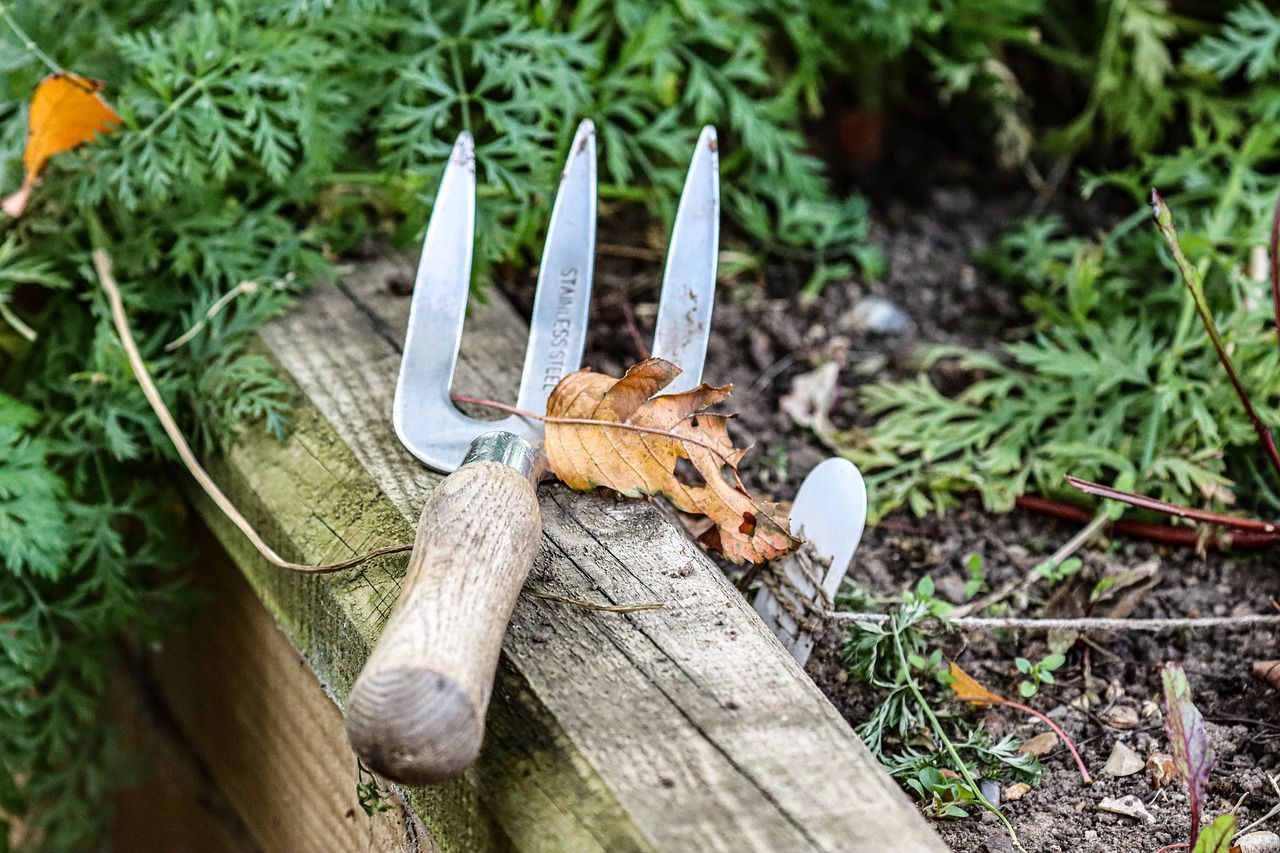Drainage is vital for healthy plants, so you should do your best to help your plants get rid of excess water.
While soil has some level of natural drainage, it's better to help you plants a bit, so their roots won't rot while still getting all the moisture they need.
Here are a few tips on how to achieve that.

Elevate Plant Beds
Raise the level of your garden beds by adding more soil. This keeps your plants' roots from sitting in water.
Loose Soil
Use soil that's loose and well-aerated. You can mix in sand or organic matter like compost to improve drainage.
Sloping Terrain
If possible, create a gentle slope in your garden so that water naturally flows away from plants. This helps water drain more easily.
Use Raised Beds
Raised beds are like big boxes filled with soil. They have good drainage because they're elevated off the ground.
Add Gravel or Rocks
Place a layer of gravel or small rocks at the bottom of plant pots or garden beds. This allows excess water to drain away from the roots.
Plant on Mounds
Planting on small mounds or hills can help water drain away from the roots, preventing overwatering.
Spacing
Give your plants enough space. When they're too close together, it can lead to poor air circulation and drainage problems.
Install Drainage Pipes
If you have a severe drainage issue, consider installing underground drainage pipes to divert excess water away from your garden.
Conclusion
Remember, good drainage is essential for healthy plants.
By following these simple tips, you can help your garden thrive by ensuring that excess water doesn't linger around your plants' roots.












